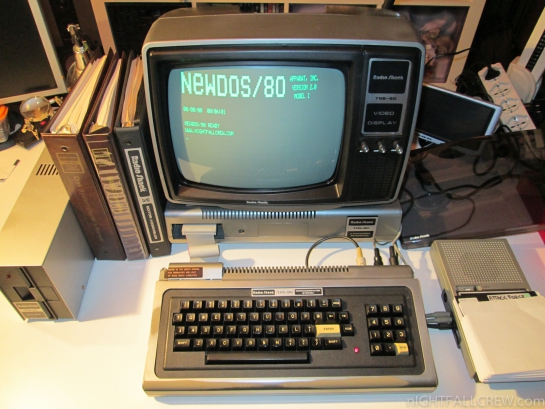
Autopsy:
from Wikipedia:
TRS-80 was Tandy Corporation’s desktop microcomputer model line, sold through Tandy’s Radio Shack stores in the late 1970s and early 1980s, and one of the earliest mass-produced personal computers. The first units, ordered unseen, were delivered in November 1977, and rolled out to the stores the third week of December.
The line won popularity with hobbyists, home users, and small-businesses. Tandy Corporation’s leading position in what Byte Magazine called the “1977 Trinity” (Apple, Commodore and Tandy) had much to do with Tandy’s retailing the computer through more than 3,000 of its Radio Shack storefronts. Notable features of the original TRS-80 included its full-stroke QWERTY keyboard, small size, its floating point BASIC programming language, an included monitor, and a starting price of $600.
The pre-release price was $500 and a $50 deposit was required, with a money back guarantee at time of delivery. One major drawback of the original system was the massive RF interference it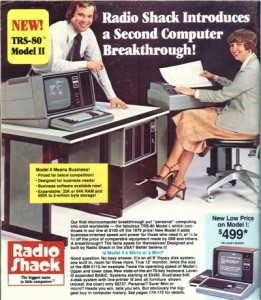 caused in surrounding electronics. Stricter FCC regulations on interference led to the Model I’s replacement by the Model III.
caused in surrounding electronics. Stricter FCC regulations on interference led to the Model I’s replacement by the Model III.
Radio Shack announced the TRS-80 (Tandy Radio Shack) at a New York City press conference on August 3, 1977. It cost $399, or $599 with a 12″ monitor and a Radio Shack tape recorder as datacassette storage. Before this, the most expensive product Radio Shack sold was a $500 stereo.
The company hoped that the new computer would help Radio Shack move into higher-priced products, and improve its “schlocky” image among customers. Small businesses were the primary target market, followed by education, then consumers and hobbyists. Despite its hobbyist customer base, Radio Shack saw hobbyists as “not the mainstream of the business”. Although the press conference did not receive much media attention due to a terrorist bombing elsewhere in the city that day, “six sacks of mail” arrived at company headquarters asking about the computer, and over 15,000 people called Tandy to purchase a TRS-80, paralyzing its switchboard.
Unlike competitor Commodore—which had announced its PET several months earlier but had not yet shipped any—Radio Shack began shipping computers by September. Still forecasting 3,000 sales a year, the company sold over 10,000 TRS-80s Model Is in its first one and a half months of sales, and over 200,000 during the product’s lifetime.
source: wikipedia















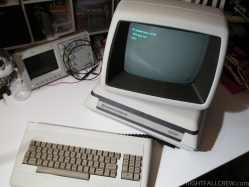


























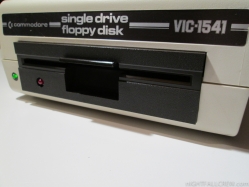















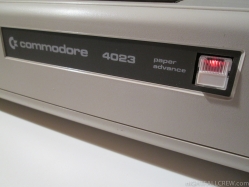















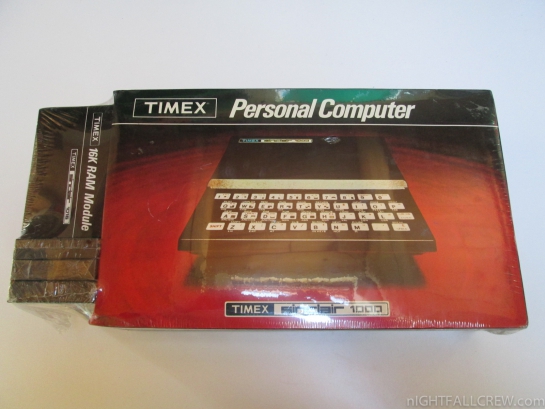











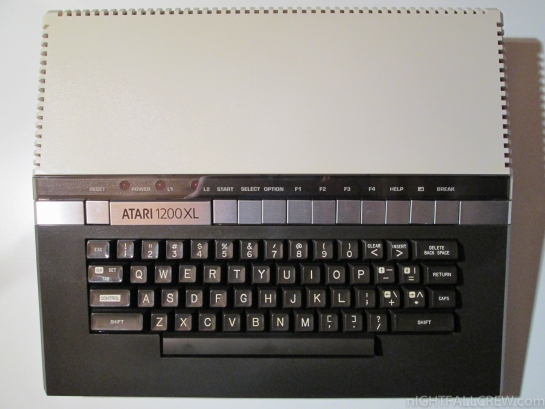















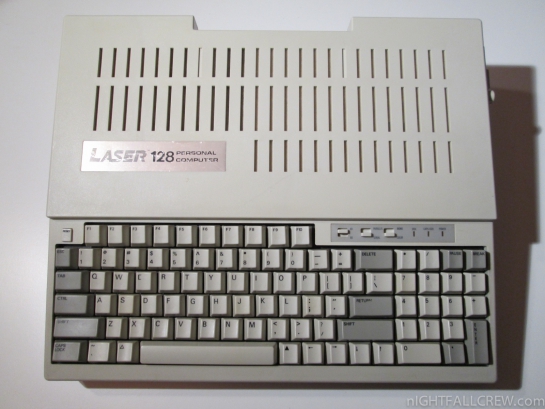





























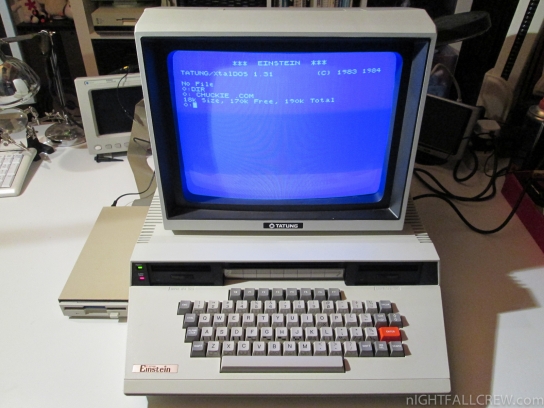





















































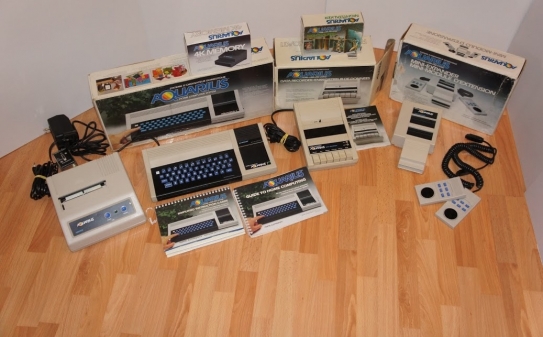


















Recent Comments